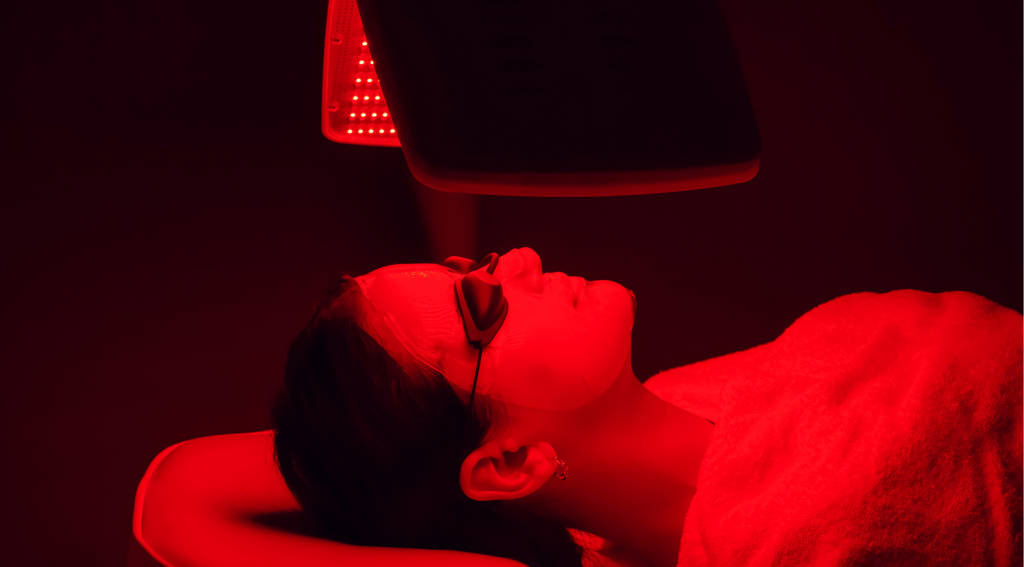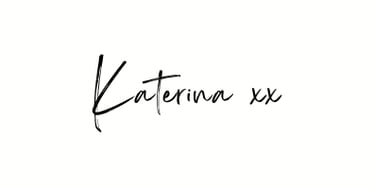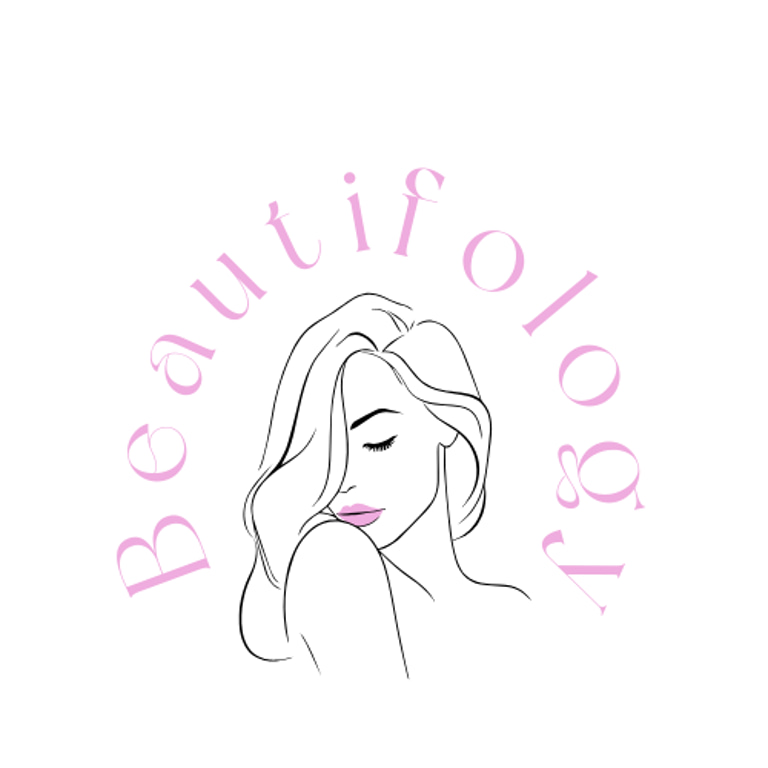Red Light Therapy for Brain Health, Mood, Sleep & Unexpected Wellness Wins
A Light That Lifts More Than Just Wrinkles


You already know red light therapy can reduce wrinkles and ease muscle aches. But what if I told you it could also help with brain fog, seasonal blues, anxiety, and even sleep?
Let’s get into the deeper benefits of red light — literally. From the top of your head to your thyroid, this post dives into all the under-the-radar ways RLT can help you feel (and function) better.
1. Brain Health & Focus
Red and near-infrared light can actually reach brain tissue when applied to the scalp or forehead — a process known as transcranial photobiomodulation (yes, it sounds intense, but stay with me).
How it helps:
Boosts ATP in brain cells (neurons)
Increases blood flow in the prefrontal cortex (important for focus and memory)
Reduces oxidative stress and inflammation in brain tissue
Enhances brain-derived neurotrophic factor (BDNF — brain growth!)
The research:
A study on patients with mild traumatic brain injury found that transcranial RLT improved focus, processing speed, and memory after just 6 weeks.
Source: Naeser et al., 2014Early-stage trials on Alzheimer’s and dementia show promising signs that NIR light therapy could slow cognitive decline and improve alertness.
Source: Saltmarche et al., 2017
2. Mood & Mental Health
Red light may also help balance neurotransmitters, reduce anxiety, and lift symptoms of depression — especially during winter months or in those sensitive to light cycles.
What it affects:
Balances serotonin and dopamine production
Improves mitochondrial energy in emotional-regulation centers of the brain
Reduces systemic inflammation linked to mood disorders
In one small study:
Patients receiving 810 nm near-infrared light to the forehead 3x/week showed clinically significant reductions in depression symptoms within 6 weeks.
Source: Cassano et al., 2015
3. Sleep, Melatonin, & Circadian Rhythm
This is where RLT gets surprisingly powerful. Unlike blue light, which wrecks your melatonin production, red light actually enhances it — helping reset your sleep-wake cycle naturally.
Why it works:
Signals your brain that it’s safe to wind down
Boosts melatonin via the pineal gland
Lowers cortisol levels (aka bedtime stress hormone)
Study example:
A 2012 study on athletes showed that just 14 days of nightly red light therapy significantly improved sleep quality and increased melatonin levels — without medication.
(Source: Zhao et al., 2012)
🌙 Ideal bedtime protocol:
Use your red light device 30–60 minutes before bed for 10–15 minutes to help wind down.
Bonus Wellness Perks
Still with me? Let’s run through a few more surprisingly science-backed benefits:
Wound & Scar Healing
RLT speeds up healing by increasing fibroblast activity, collagen formation, and capillary growth.
Useful post-surgery, after injuries, or to fade old acne scars.
Hair Regrowth
Red light stimulates dormant follicles and helps thicken hair.
Studies show it can be effective for androgenic alopecia (male/female pattern thinning).
Thyroid Function
In Hashimoto’s or underactive thyroid, red light may reduce inflammation and improve hormone output.
A 2013 study showed patients had better TSH levels and even reduced reliance on thyroid meds.
Source: Höfling et al., 2013
So… Should You Be Using It?
If your brain’s tired, your mood’s meh, and your sleep’s been on vacation — a simple 10-minute red light session a few evenings a week could help you reset, refocus, and recharge naturally.
No prescriptions, no weird side effects — just light.
Coming Up Next…
In Part 6, we’ll help you choose the right red light device for your skin, body, and budget — with honest product comparisons, wavelengths to look for, and what features actually matter.


Beautifology
Let's glow together
Get in touch for any comments, questions or product recommendations
© 2024. All rights reserved.
